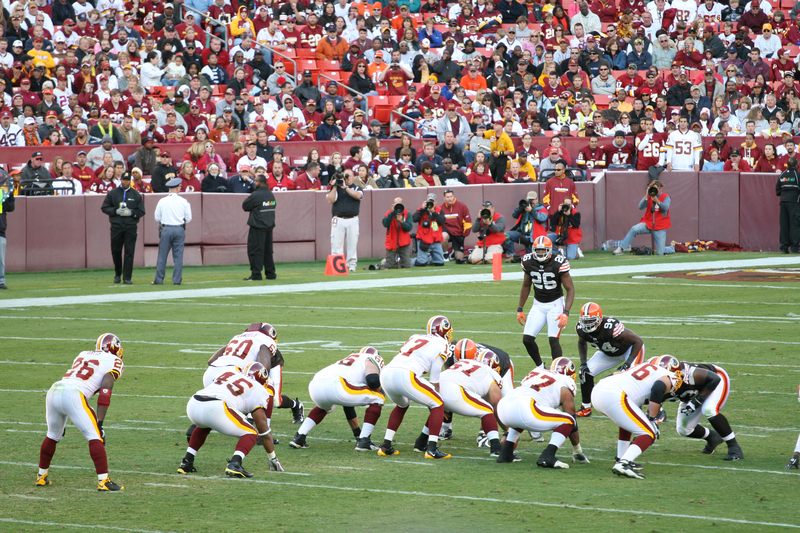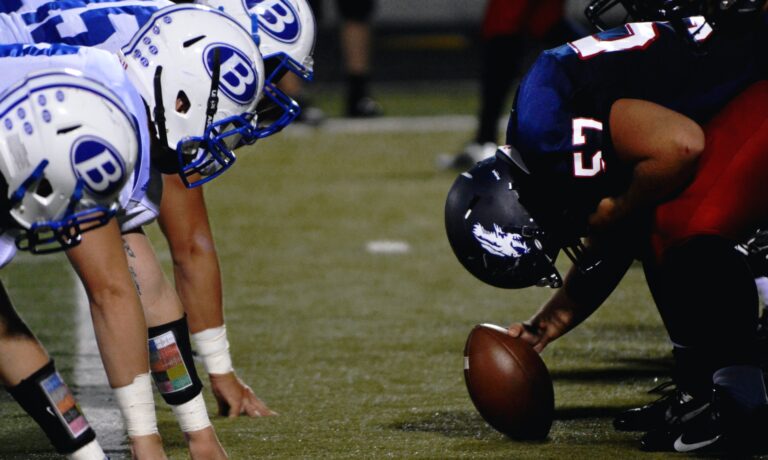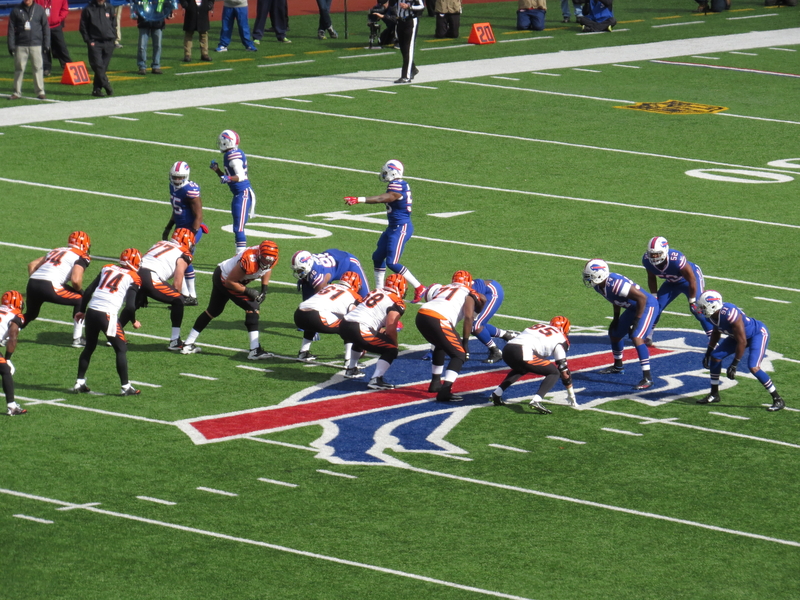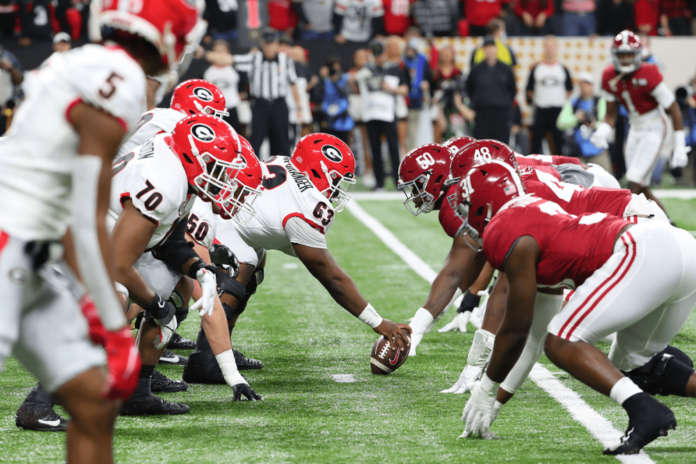Understanding the Offside Rule: A Cornerstone of Modern Football
Football, known as soccer in some parts of the world, is a game defined by complex rules and strategies. Among these, the offside rule is one of the most debated and misunderstood. We’ve all been there—cheering for an incredible goal, only to see it disallowed by the referee’s whistle and a raised flag. So, what is offside in football? Let’s dive into this essential rule to understand how it shapes gameplay and adds intrigue to the beautiful game.
The Basics: Defining Offside in Simple Terms
At its core, the offside rule is designed to prevent players from gaining an unfair advantage by “goal-hanging” – lurking near the opponent’s goal to receive long passes. But like many things in football, it’s not quite as simple as it sounds. Let’s break it down:
Key Elements of the Offside Rule
- Position: A player is in an offside position if any part of their head, body, or feet is closer to the opponent’s goal line than both the ball and the second-last opponent.
- Involvement: Being in an offside position isn’t an offense in itself. The player must be involved in active play for it to be called.
- Timing: The player’s position is judged at the moment the ball is played by a teammate, not when they receive it.
The Evolution of Offside: A Brief History
The offside rule hasn’t always been what it is today. Its journey is as fascinating as the game itself:
- 1863: The original rule stated that all players must be behind the ball when it was kicked.
- 1866: Players were allowed to be level with the third-last opponent.
- 1925: The “two-player” rule was introduced, similar to what we have today.
- 1990: A player level with the second-last opponent was deemed onside.
- 2005: Further clarifications were made about “interfering with play” and “gaining an advantage.”
The Nitty-Gritty: When Is a Player Offside?
Now that we’ve covered the basics, let’s delve deeper into the specifics of when a player is considered offside:
Active Involvement: The Key to Offside
Remember, being in an offside position isn’t an offense on its own. The player must be actively involved in the play. This involvement can take several forms:
- Touching the ball passed or touched by a teammate
- Interfering with an opponent by:
- Preventing them from playing the ball
- Obstructing their line of vision
- Challenging them for the ball
- Gaining an advantage by playing the ball or interfering with an opponent when it has:
- Rebounded off the goalpost, crossbar, or opponent
- Been deliberately saved by any opponent
Exceptions to the Rule: When Offside Doesn’t Apply
Like any good rule, there are exceptions. A player cannot be offside when:
- Receiving the ball directly from a goal kick, throw-in, or corner kick
- In their own half of the field
- Behind the ball when it’s played by a teammate
The Referee’s Perspective: Enforcing the Offside Rule

Enforcing the offside rule is no easy task. It requires split-second decision-making and perfect coordination between the referee and assistant referees.
The Role of Assistant Referees
Assistant referees, often seen running up and down the sidelines, play a crucial role in offside decisions:
- They position themselves in line with the second-last defender
- When they spot an offside offense, they raise their flag
- The referee then decides whether to stop play based on this signal
VAR and Offside: A New Era of Precision
The introduction of Video Assistant Referee (VAR) technology has added a new dimension to offside decisions:
- VAR can review close offside calls
- It uses multiple camera angles and computer-generated lines
- This has led to decisions being made with millimeter precision
While VAR has increased accuracy, it’s also sparked debates about whether such precision aligns with the spirit of the game.
The Strategic Impact: How Offside Shapes the Game
The offside rule isn’t just a technicality – it fundamentally shapes how the game is played.
Defensive Strategies: The Offside Trap
Defenders use the offside rule to their advantage through the “offside trap”:
- The defensive line moves forward in unison
- This can leave attacking players in offside positions
- When executed well, it can disrupt the opponent’s attack
- However, if mistimed, it can leave the defense vulnerable
Attacking Strategies: Beating the Offside Trap
Attackers, on the other hand, develop strategies to beat the offside trap:
- Timing runs to stay onside
- Using quick, short passes to advance
- Exploiting spaces created by defenders focused on maintaining their line
Common Misconceptions: Debunking Offside Myths

Despite its importance, the offside rule is often misunderstood. Let’s clear up some common misconceptions:
Myth 1: “You can’t be offside on your own half”
This is actually true! A player cannot be offside in their own half of the field.
Myth 2: “If you’re not interfering with play, you can’t be offside”
While non-interference is considered, actively influencing the play from an offside position can still result in an offside call.
Myth 3: “You can’t be offside from a throw-in”
This is correct. Along with corner kicks and goal kicks, throw-ins are exempt from the offside rule.
Myth 4: “Being level with the last defender is offside”
In fact, being level with the second-last defender (often the last outfield player) is considered onside.
The Global Perspective: Offside Across Different Football Cultures
While the offside rule is universal in professional football, its interpretation and impact can vary across different football cultures:
European Football: Precision and Tactical Nuance
In many European leagues, the offside rule is often used as a tactical tool:
- High defensive lines are common
- Teams often employ complex offside traps
- There’s a strong emphasis on the timing of forward runs
South American Football: Fluidity and Creativity
South American football often takes a different approach:
- More fluid positioning can make offside calls less frequent
- Creative passing and dribbling are emphasized over long balls
- Teams may be less reliant on offside traps
Youth Football: Learning the Ropes
In youth football, the offside rule is often introduced gradually:
- Some leagues don’t use it for younger age groups
- It’s seen as an important part of player development
- Coaches focus on teaching proper positioning and timing
The Future of Offside: Potential Changes and Innovations

As football evolves, so too might the offside rule. There are ongoing discussions about potential changes:
Semi-Automated Offside Technology
FIFA has been testing semi-automated offside technology:
- It uses multiple cameras to track player and ball movements
- Decisions could be made almost instantaneously
- This could reduce delays caused by VAR reviews
Proposed Rule Changes
Some have suggested altering the rule itself:
- Only calling offside if there’s daylight between the attacker and defender
- Expanding the area where offside doesn’t apply
- Changing how “interfering with play” is defined
These proposals aim to encourage more attacking play and reduce controversial decisions.
Mastering Offside: Tips for Players and Fans

Whether you’re a player looking to improve or a fan wanting to understand the game better, here are some tips for mastering the offside rule:
For Players:
- Practice your timing: Work on synchronizing your runs with passes
- Stay alert: Always be aware of your position relative to defenders
- Understand the whole rule: Know when you can and can’t be called offside
- Communicate: Work with your teammates to create and exploit space
For Fans:
- Watch the assistant referee: Their positioning can give clues about potential offside situations
- Focus on the moment of the pass: That’s when offside is judged
- Consider active play: Remember, position alone doesn’t constitute an offense
- Be patient with VAR: Understand that these decisions can be incredibly close
Conclusion: The Beautiful Complexity of Offside
The offside rule, with all its intricacies and debates, is a fundamental part of what makes football the beautiful game. It shapes tactics, creates drama, and requires split-second decision-making from players, officials, and now, even technology.
As we’ve explored, it’s more than just a simple rule – it’s a concept that has evolved with the game and continues to do so. Whether you’re a player, a coach, a referee, or a fan, understanding offside is key to fully appreciating the nuances of football.
So the next time you’re watching a match and see that flag go up, or hear the referee’s whistle blow just as a striker slots the ball into the net, you’ll have a deeper appreciation for the complex decision-making process behind that call. And who knows? Maybe you’ll be the one to explain it to your confused friends!
FAQs: Clearing Up Common Offside Queries
Can a player be offside from a corner kick?
No, it’s not possible to be offside directly from a corner kick.
Does the goalkeeper count as one of the two opponents in the offside rule?
Yes, the goalkeeper is typically the last opponent, with an outfield player being the second-last.
Can a player be offside if they receive the ball from an opponent?
No, a player cannot be offside when receiving the ball directly from an opponent, regardless of their position.
Is it offside if a player in an offside position doesn’t touch the ball?
It can be, if the player interferes with play or an opponent from that offside position.
How accurate is VAR in determining offside?
VAR can measure offside to within a few millimeters, but debates continue about whether such precision is necessary or beneficial to the game.


